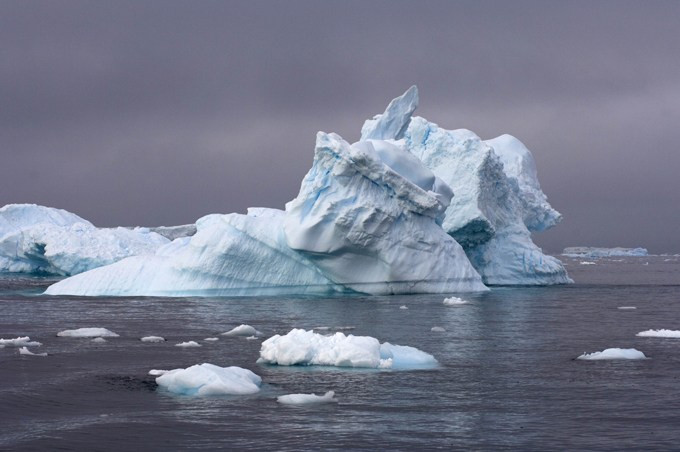Amazing icerbergs created by mother nature

These breathtaking photographs capture the natural majesty of enormous icebergs sculpted into architectural forms by the wind and rain of Antarctica
Splash/All Over Press
These breathtaking photographs capture the natural majesty of enormous icebergs sculpted into architectural forms by the wind and rain of Antarctica
Splash/All Over Press

Captured off the Western Antarctic Peninsula the colossal ice carvings have been whittled away by biting polar winds, freezing water and chilling sub-zero temperatures to form incredible mega structures that take the breath away
Splash/All Over Press
Captured off the Western Antarctic Peninsula the colossal ice carvings have been whittled away by biting polar winds, freezing water and chilling sub-zero temperatures to form incredible mega structures that take the breath away
Splash/All Over Press

Photographer Steven Kazlowski, 40, witnessed these sights as he toured the world's most southerly continent on a 62-foot engined sailing boat Splash/All Over Press

In an array of unexpected shapes, some icebergs are reminiscent of cathedrals of ice whereas others appear to have been chiselled or drilled by human hands
Splash/All Over Press
In an array of unexpected shapes, some icebergs are reminiscent of cathedrals of ice whereas others appear to have been chiselled or drilled by human hands
Splash/All Over Press

Photographer Steven Kazlowski, 40, witnessed these sights as he toured the world's most southerly continent on a 62-foot engined sailing boat Splash/All Over Press

Steven Kazlowski says, 'There's a lot of shapes you don't normally see in nature. It's like they had been crafted by a master carver'
Splash/All Over Press
Steven Kazlowski says, 'There's a lot of shapes you don't normally see in nature. It's like they had been crafted by a master carver'
Splash/All Over Press

Icebergs can drift back and forth for many seasons around the coast before they float out to the sea
Splash/All Over Press
Icebergs can drift back and forth for many seasons around the coast before they float out to the sea
Splash/All Over Press

Icebergs generally range from 1 to 75 metres (3.3 to 246.1 ft) above sea level and weigh 100,000 to 200,000 metric tons (110,000 to 220,000 short tons). The largest known iceberg in the North Atlantic was 168 metres (551 ft) above sea level, reported by the USCG icebreaker East Wind in 1958, making it the height of a 55-story building. These icebergs originate from the glaciers of western Greenland and may have an interior temperature of -15 to -20 °C (5 to -4 °F)
Splash/All Over Press
Icebergs generally range from 1 to 75 metres (3.3 to 246.1 ft) above sea level and weigh 100,000 to 200,000 metric tons (110,000 to 220,000 short tons). The largest known iceberg in the North Atlantic was 168 metres (551 ft) above sea level, reported by the USCG icebreaker East Wind in 1958, making it the height of a 55-story building. These icebergs originate from the glaciers of western Greenland and may have an interior temperature of -15 to -20 °C (5 to -4 °F)
Splash/All Over Press

Though usually confined by winds and currents to move close to the coast, the largest icebergs recorded have been calved, or broken off, from the Ross Ice Shelf of Antarctica
Splash/All Over Press
Though usually confined by winds and currents to move close to the coast, the largest icebergs recorded have been calved, or broken off, from the Ross Ice Shelf of Antarctica
Splash/All Over Press



